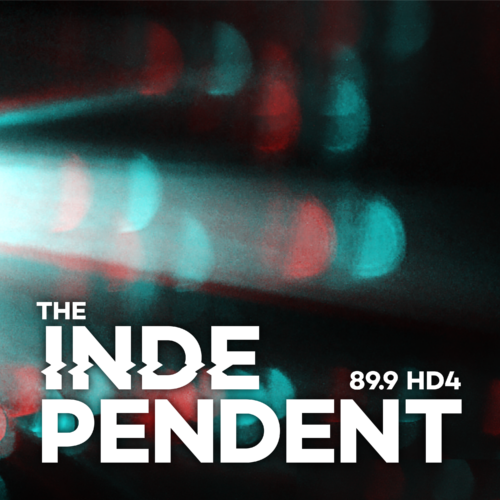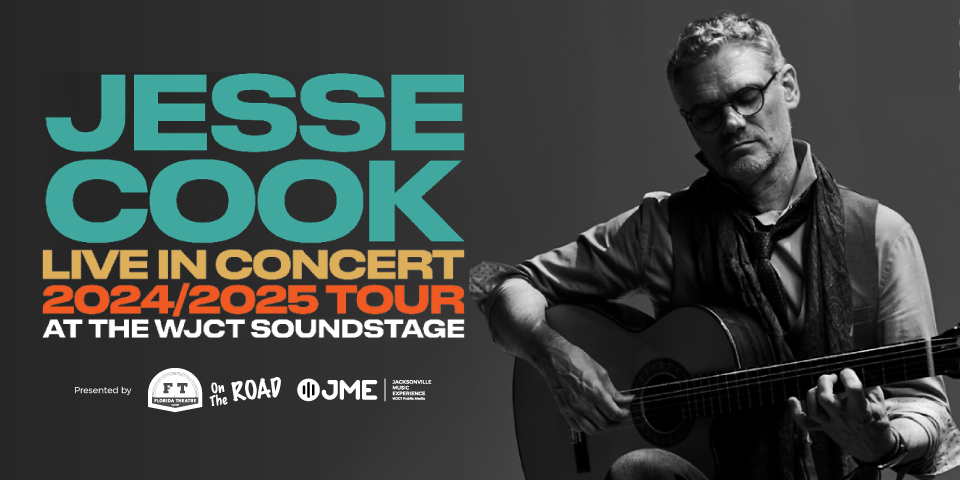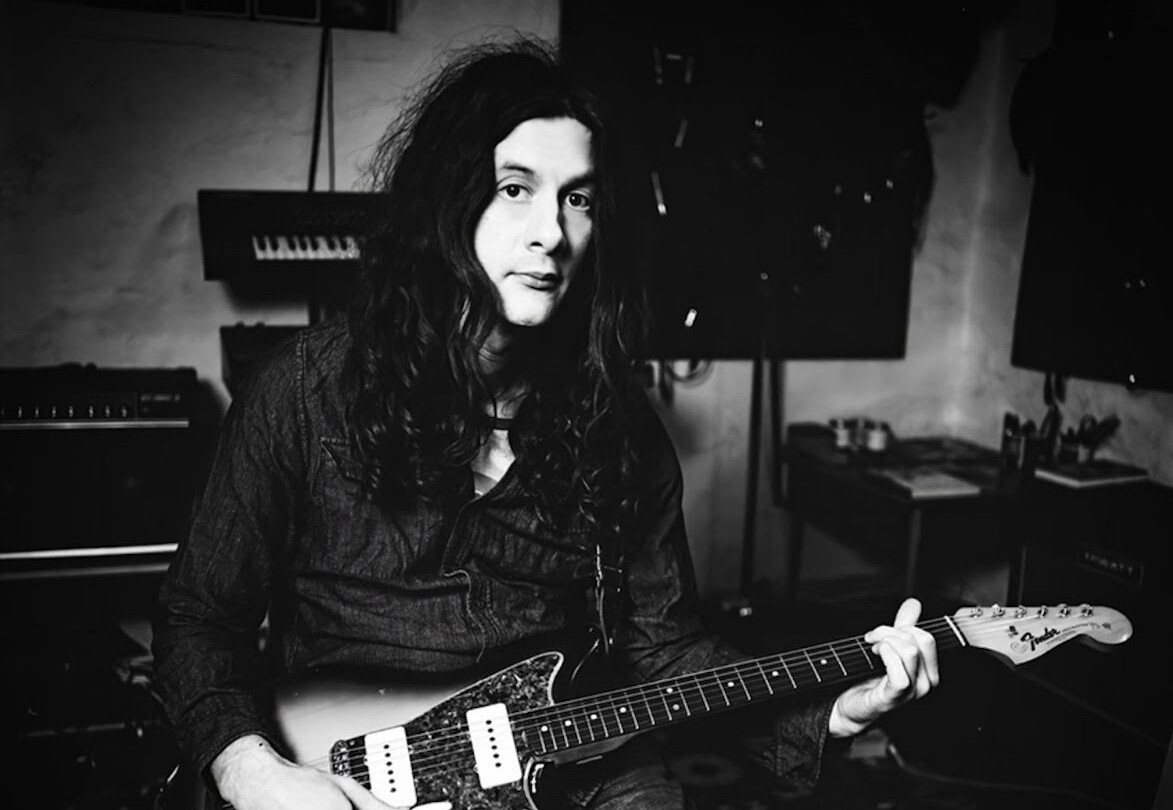
Kurt Vile has always displayed a kind of sly, self awareness. The singer-songwriter and guitarist named his debut solo album Constant Hitmaker.
That was 2008. And whether Vile was years ahead of the TikTok manifestation trend or just throwing out an audacious title for a debut, he has, over the course of a dozen or so albums, earned his share of critical praise and emerged as one of the more consistent songwriters of the last two decades.
Vile’s catalog is diverse. But his sound is distinctive. A blend of psychedelia, folk, country and range of classic-rock influences, with woozy guitar, tons of reverb, a laid-back vocal delivery and arch, jesting, sometimes hilarious turns of phrase, all of which is on display on Vile’s most popular tune, 2015’s “Pretty Pimpin.”
Vile’s latest offering is the 2023 EP Back to Moon Beach. The album’s lead single, “Another good year for the roses,” draws its name from “A Good Year for the Roses” a song written by Jerry Chestnut and made popular by the famously-tortured country singer George Jones.
Co-produced by Welsh avant-pop artist Cate Le Bon, the bones of “Another good year” came together during a recording session with an all-star cast of indie musicians in Northern California. That group included Warpaint’s Stella Mozgawa and Deerhoof’s Chris Cohen, among others. Aside from the earwormy, arpeggiated piano that defines the song, Vile played bells guitars on “Another good year.”
For this edition of JME’s Liner Notes, I talked to Vile about the writing of the song, and how George Jones, keeping pianos everywhere and his group of collaborators made for “Another Good Year for the Roses.”
Listen to the interview via the player above. And find an edited transcript of the conversation below.
“Another good year for the Roses” was the first single release from your latest EP and I wanted to start with the title of that song. There’s a famous George Jones song “A Good year for the roses,” which Elvis Costello also had a hit with and I don’t want to assume but it seems like you reference Jones in the first verse. You say “the greatest country song, sung by a man possessed by the devil like myself.” Can you talk about how you encountered that phrase?
I think my drummer Kyle [Spence] mentioned it. I was getting into George Jones in general. I was reading his book — I Lived to Tell it All — while I was on tour. And I was told that the George Jones book is like more crazy, you know, than any rock’n’roll book. You know? George Jones is basically the gateway drug into all the country.
Country music is the gateway to everything really, you know? I grew up on basic country music through my dad and it was always in my blood — Hank Williams or Johnny Cash or whatever. And old time music, bluegrass music through my dad. But once I read that George Jones book, it was all over. It made a lot of rock and rollers look like posers, more or less [laughs]. These country guys could usually play or sing circles around people and they are 20-times more crazy. And then my drummer Kyle said, “I like the song ‘A Good Year for the Roses.'” When I first heard the George Jones version. I was like “Wow, this is the greatest country song of all time.” And I was sitting around at home a lot writing songs on piano and synth — simple arpeggiated songs on piano. And those those words just came out because that was my recent obsession.
What is an interesting turn of phrase. I kind of figured it was like a colloquial thing or like from some part of America. But when I read about it, I found out it was just something that was said to the songwriter. And you mentioned that was sort of the gateway into the song for you. Have you always been interested in language in that way? Or turning a phrase or using a phrase to then build more lyrics upon?
I think really I stumbled upon it. I get obsessed and influenced by things and I’m always waiting for my next obsession. Then it’s just infectious. And that that was my favorite song. It just inspires me and then it gets channeled through me or whatever, you know?
And I feel like maybe when I was younger, my influences, I wore on my sleeve more. I sang exactly like Lou Reed or something like that. When I was younger, I’d be afraid to feel something or realize I stole it from somewhere. But really, it’s there’s nothing exactly new. And you just put your twist on it. Same with writers. I think about somebody like Bob Dylan or Patti Smith. They’re often referencing other writers. I think about that stuff more now than I did then.
At least parts, or much of the new EP, including that song, got its start when you were recording up in Stinson Beach with a pretty cool cast of characters, right?
I mean, there was inspiration from the people I was with. I was excited to work with Cate Le Bon and Stella Mozgawa — the drummer I played with for a long time. But also Chris Cohen, slightly lesser known but very respected a songwriter, multi instrumentalist. He was in the band Deerhoof, but he has his own solo records that are perfect. I was really inspired by him, like, “how’s this new music or modern music?” I just couldn’t believe this modern music existed with this guy who produces himself.
I was there [Stinson Beach] when I was just coming off of playing my favorite festival, Hardly Strictly Bluegrass festival in San Francisco. So I intentionally went there to meet with everybody. And I was heavily listening to country music at the time. I think the reason I pulled out “Another Good year for the Roses” was like, I was on my toes to be produced by Cate Le Bon. I felt like a little more underprepared with new songs. And I wanted to go there and bounce off of her. “Another Good Year for the Roses” I knew I just had it in the bag. It was a years old by that point, right?
“The more you play country music and things like that, you know, the foundation of music and all your songs you heard in Sunday school.”
It’s kind of like a simple nursery rhyme. In the way the piano was played — cyclical with the lyrics. But yeah, it just never comes out exactly the way you thought. But what I’d like to do is just make it as live as possible. And that studio enabled us to do that. We did make the song pop-y, added some more drums, things like that. Baritone guitar, all these things. Cowbell. We popped it up, you know? We popped it up and made it a little more psychedelic.
I looked at the credits for the track and you play bells and guitar and the piano. You mentioned that earworm-y piano melody. You had it in the bag. Is there a story about how you arrived at that?
Yeah, that’s what I wrote the song on, the piano. Then I sang and played it live back then. It’s just sort of arpeggiating. I mean, I play cyclically, anyway. This is back then. I’m even a little better at piano now. I kind of compose on it pretty much every day, only because there’s keyboards all over the house. So you get used to walking by one and playing one for literally a couple seconds to a couple minutes and then move on. You can’t avoid it. It’s right there. It’s beautiful. It’s acoustic. Just the keys are right in front of you. The notes are right there. You’re staring at the notes in a different way.
When I look at the guitar, sure I know I’m playing the C chord, etc. But other times I space out I don’t know exactly where I am, you know? And also, I’m a little more limited on the piano. So I’m like, “oh yeah, this is A to E to D,” that’s the classic. And then the more you play country music and things like that, you know, the foundation of music and all your songs you heard in Sunday school. They’re all just like either C to F to G or A to E to D, right? Or to G to whatever. That’s dumbing it down a little bit. But like it’s sort of there in front of you on the piano. That’s what I like about it. And the more you play, the more you add your little nuances, but you’re ultimately just arpeggiating very simple chords.
There’s a nice interplay between the guitar and the piano on that song. Listening to it, it sounds like the guitar at points is adding punctuation to the end of the piano motif. You have such a distinctive approach to the guitar. How do you think about the role of the guitar in your songs? Has that changed for you?
I have feeling you’re talking about the baritone guitar, which was added later. And it’s like, perfectly in the middle. You know, that was a whole new tool, right? But you got this baritone guitar cuttin through. You got your regular guitars are up high. The baritone guitar poking a hole through like they did a lot in the country music. Then you got your bass underneath, this whole other place to punch through. And then there are kind of catchy hot licks toward the end with with a regular guitar playing riffs.
What I like about guitars: I put it around my neck often when I sing or something and I don’t even know what I’m going to play, but then I just go for it. I react in the moment or improvise. But I don’t like necessarily wank off when I can. I tend to like to play expressively and things. I’ve been playing guitar for so long that it can seem like it’s fancy or something but it’s not. You can be expressive in improvising and soloing, just like you could on any instrument. But that’s that’s kind of where I’m at with a guitar. Now when I like to pick it up and not even know what’s going to happen. I stumble upon something pretty quick.
Well, Kurt vile, thanks so much for speaking with me. It’s great to talk to you.
Yes, thank you so much. And I can’t wait to get down there to Jacksonville.
Kurt Vile and the Violators play Intuition Ale Works in Downtown Jacksonville on Thursday, May 9. Tickets and more information available here. UPDATE: The show is sold out.
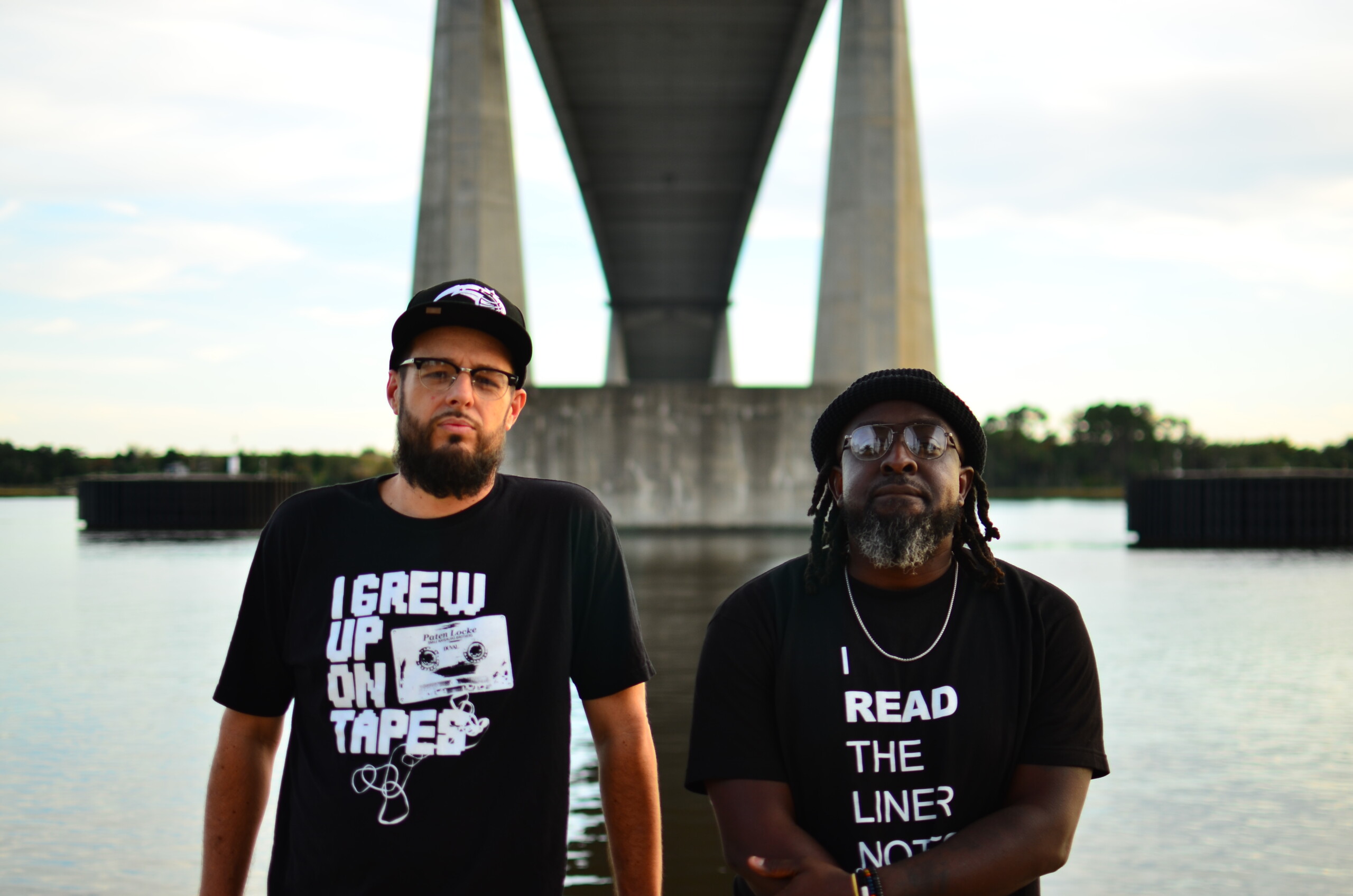
Mr. Al Pete and Notsucal Release Their Latest Collab, ‘G4.5’
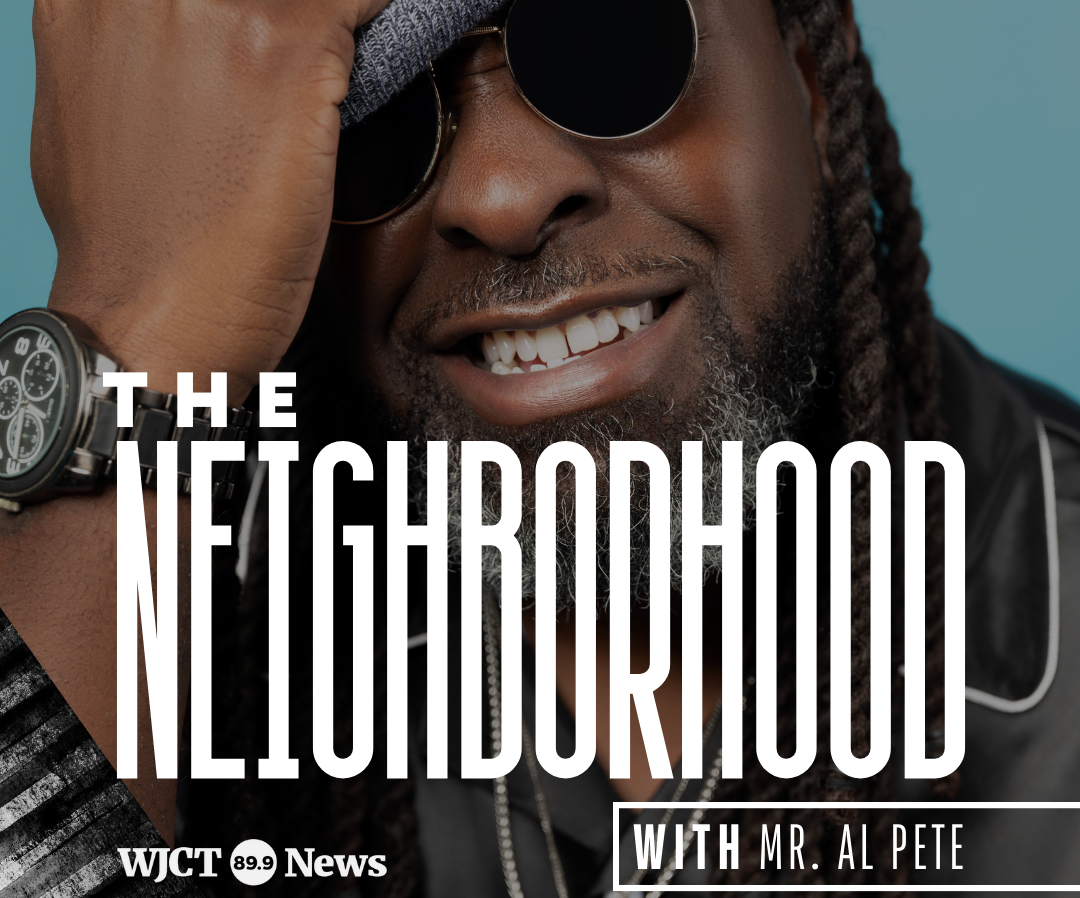
Dinner Party, Tom Misch and More from the Neighborhood with Mr. Al Pete

An Ultra-Chill Playlist from the Latest Episode of Electro Lounge
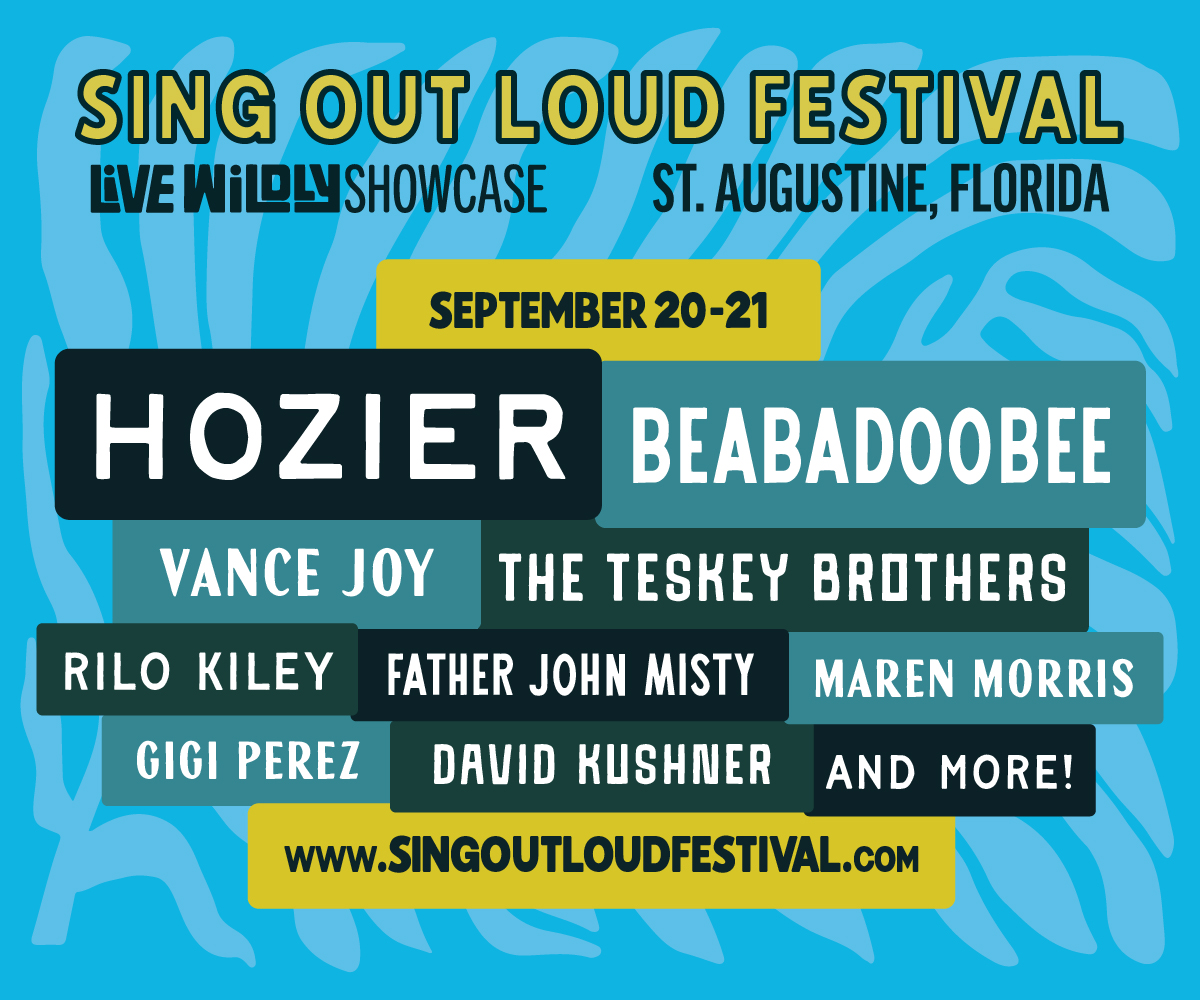
Sing Out Loud Festival Returns With Hozier, Beabadoobee, Father John Misty, Vance Joy and More

Chicago Alt-Country Faves Wilco Return to St. Augustine with Indie-Folk Great Waxahatchee
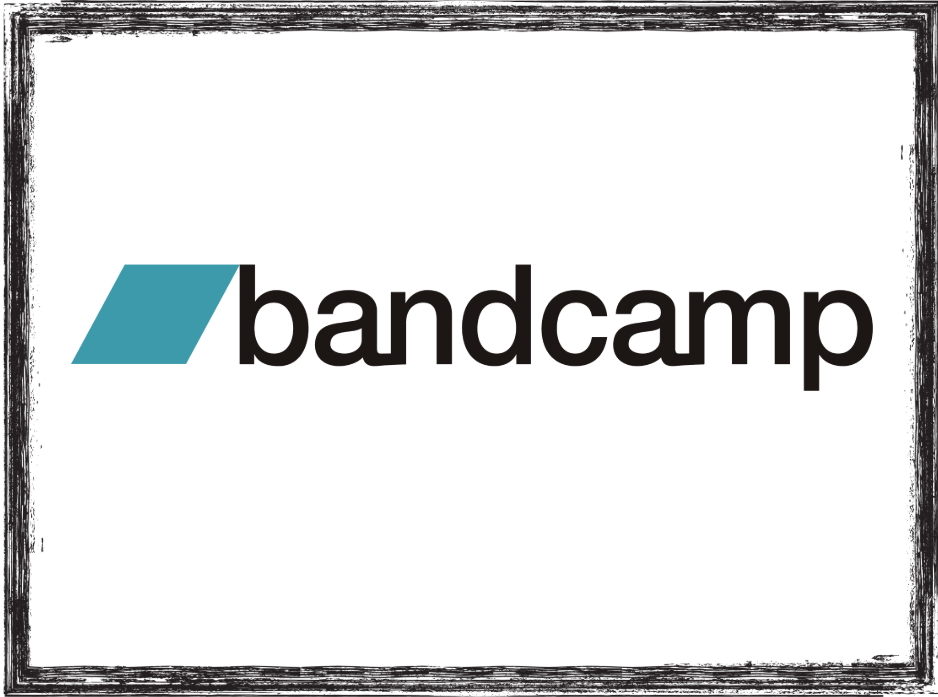
Looking for an Alternative to Spotify? Consider Hopping on the band(camp) Wagon
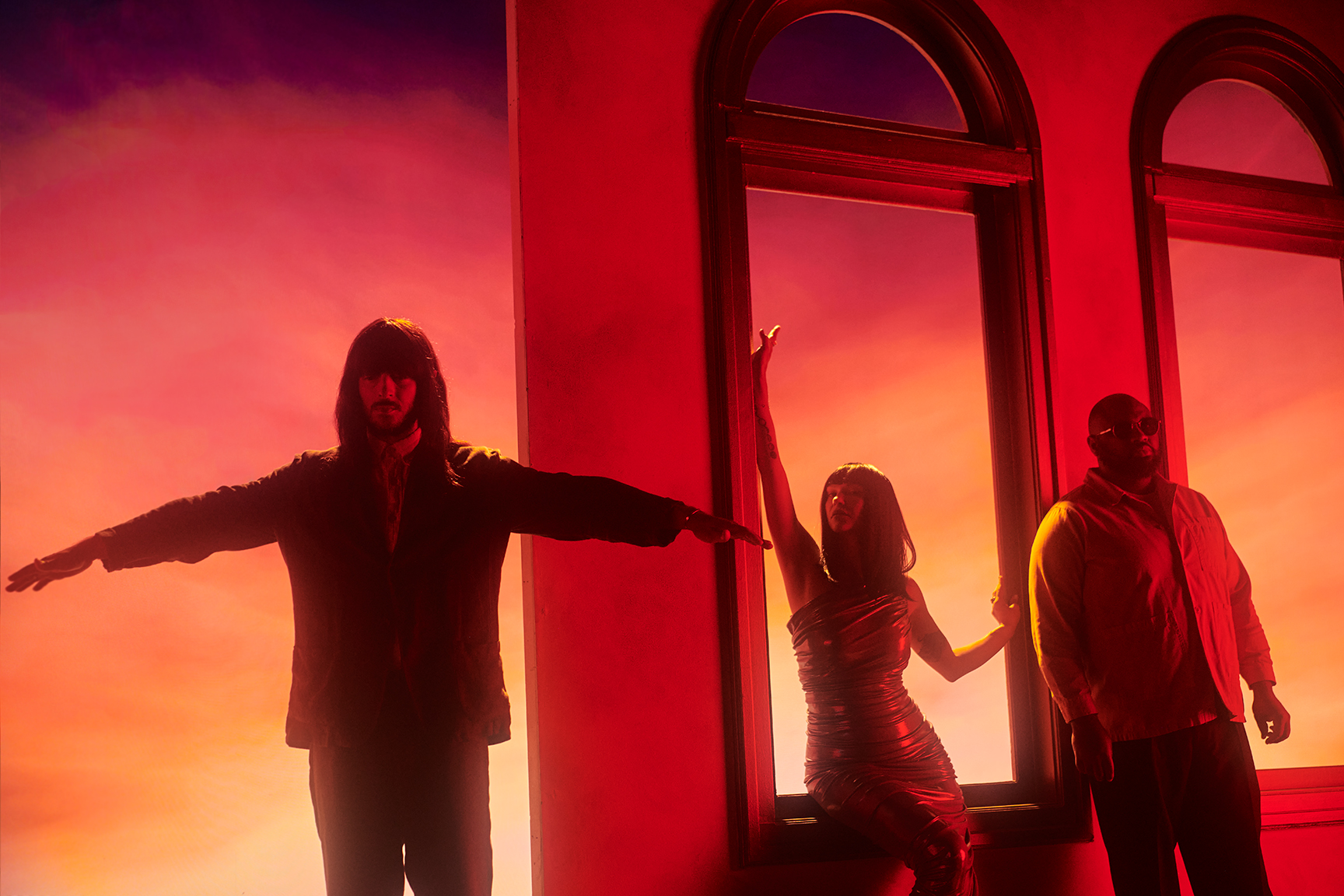
Khruangbin to Bring ‘A LA SALA’ Tour to St. Augustine in April

Perfume Genius, Flipturn, Tamino + Mitski and 6 New Songs to Stream
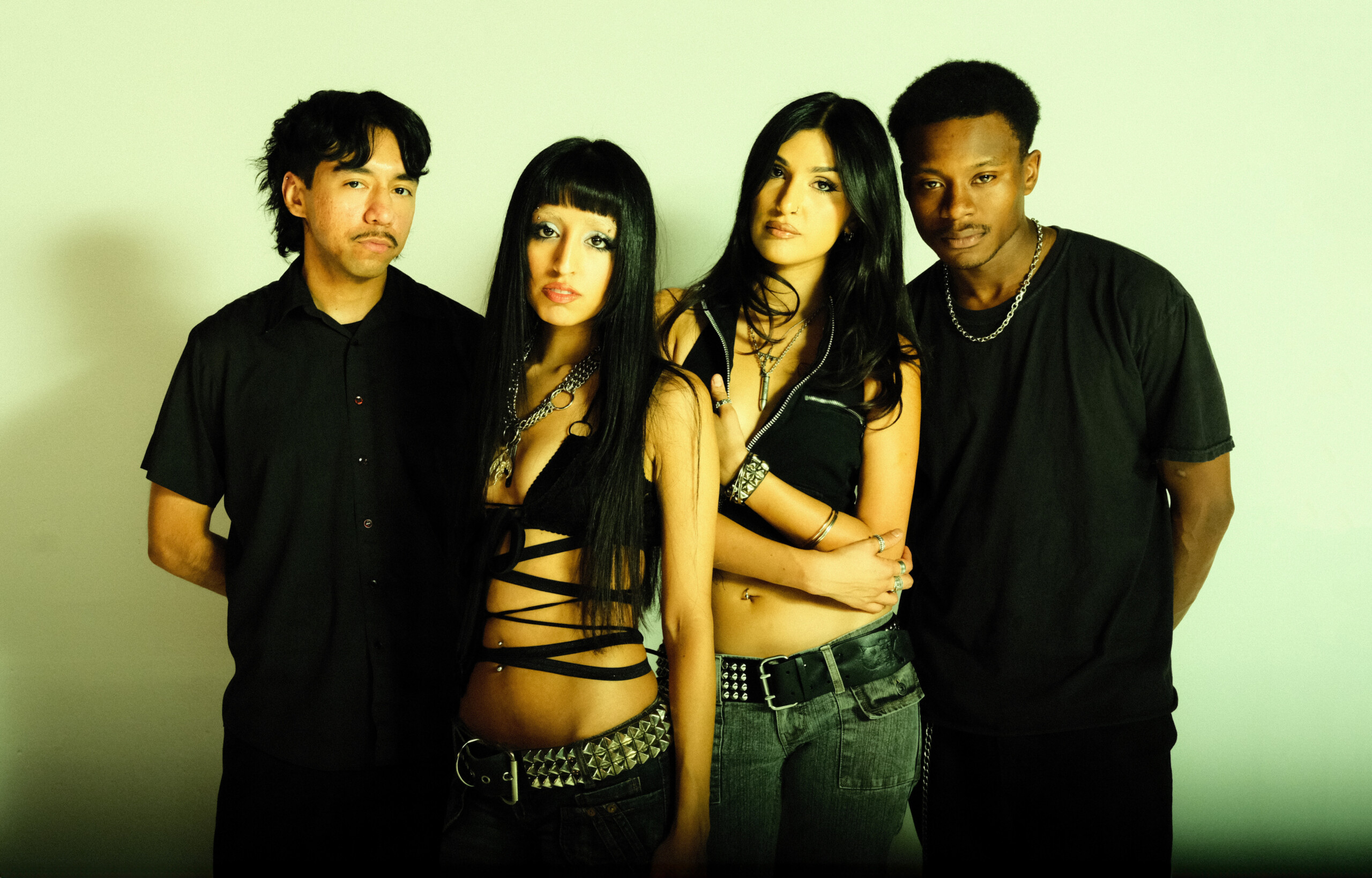
Song of the Day | “all tied up” by Glixen



